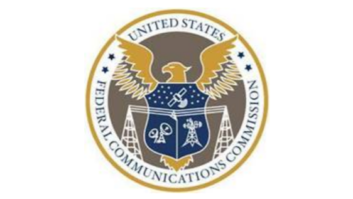WASHINGTON � A noncommercial station in Seward, Alaska, is facing a hefty penalty because the FCC says it ignored warnings for more than three years.
The Federal Communications Commission has announced a proposed $66,000 fine against FM licensee Kenai Educational Media for numerous apparent violations. Chairman Pai and Commissioners Clyburn and O�Rielly approved a notice of apparent liability for forfeiture (FCC 17-98) this week.
Kenai Educational Media operates KIBH(FM) in Seward. It has 30 days to respond.
The FCC alleges that Kenai apparently violated several Emergency Alert System rules as well as technical and operating requirements. The commission also says Kenai failed to respond to several notices of violation and requests for information from the FCC.
An agent from the commission�s Anchorage field office discovered the violations in June of 2013 when inspecting the main studio, which was also then the station�s authorized transmitter location special temporary authority. Only one volunteer was present during the inspection, according to the commission summary.
The agent found that the station had programmed its EAS equipment messages for the wrong geographic area � instead broadcasting alerts intended for KWAP(AM) in Wasilla, Alaska. It also failed to monitor at least two EAS sources, only monitoring the National Oceanic and Atmospheric Administration�s Weather Radio in Seward. Plus, the station did not provide an easily accessible EAS Operating Handbook, another big no-no.
Additionally, the FCC alleges, KIBH did not properly maintain required records, such as a local public inspection file and certain logs, and that it lacked a designed chief operator and did not post the station license.
Also problematic was the station�s decision to restricted access to the transmission facilities to specific hours of the day, six days per week. The station did not install automated system or remote control facility, all of which means KEMI could not ensure that it was operating at all times within tolerances specified by applicable technical rules and in accordance with terms of the station authorization
The agent issued a notice in August 2013, which required a written response within 20 days. This was followed with a warning letter in September, and two additional NOVs in November 2013 and April 2016. However, in its 2013 license renewal application, KEMI acknowledged receipt of the August 2013 NOV and the September 2013 warning but still did not respond.
In light of that, the commission determined that KEMI �apparently willfully violated� several parts of the rules.
While a $66,000 forfeiture penalty may seem steep, KEMI could have been liable for fees of up to $48,114 for each violation or each day of a continuing violation, up to a statutory maximum of $481,147 for a single act/failure to act, the FCC said. It came to its final number based on these factors:
- Its EAS violations total $11,000.
- Failure to maintain a local public inspection file, lack of staff presence, restriction transmission facility acccess, not posting a valid station license, not keeping logs and not designating a chief operator results in a base forfeiture of $23,000.�
- Failure to respond to three NOVs and a warning letter (four communications) is a fine of $16,000.
- They also tacked on a 100% �upward adjustment� of $16,000.
�
�












